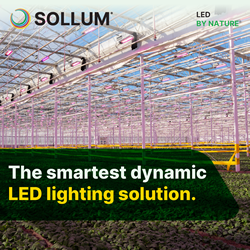Big Data Suggests Big Potential for Urban Farming
Amy Crawford for CityLab: Gotham Greens’ boxed lettuces have been popping up on the shelves of high-end grocers in New York and the Upper Midwest since 2009, and with names like “Windy City Crunch,” “Queens Crisp,” and “Blooming Brooklyn Iceberg,” it’s clear the company is selling a story as much as it is selling salad.
Grown in hydroponic greenhouses on the rooftops of buildings in New York and Chicago, the greens are shipped to nearby stores and restaurants within hours of being harvested. That means a fresher product, less spoilage, and lower transportation emissions than a similar rural operation might have—plus, for the customer, the warm feeling of participating in a local food web.
“As a company, we want to connect urban residents to their food, with produce grown a few short miles from where you are,” said Viraj Puri, Gotham Greens’ co-founder and CEO.
Gotham Greens’ appealing narrative and eight-figure annual revenues suggest a healthy future for urban agriculture. But while it makes intuitive sense that growing crops as close as possible to the people who will eat them is more environmentally friendly than shipping them across continents, evidence that urban agriculture is good for the environment has been harder to pin down. Full Article:
Comments (0)
This post does not have any comments. Be the first to leave a comment below.
Featured Product

